HOREHRONIE REGION
by Slovak Technical University of Bratislava - Institute of Management
CHARACTER
KLÁRA JARUNKOVÁ
Klára Jarunková (1922-2005) was born in Červená Skala, a small village under Kráľová Hoľa. She was an important cultural figure and, above all, an author of children's and youth literature, for which she found inspiration in her native region, Horehronie. It has had not only national but also international success. His works have been translated into nearly 40 languages of the world and are among the most translated Slovak authors. She was even a winner of the Nobel Prize in Literature. He understood children and spoke to the soul of the child in his works by writing in the first person. His most notable works include o Brother of the Silent Wolf Don't Cry For Me.
FERDINAND COBURG
Since 1816 Horehronie has become an important place of business for the aristocratic European Coburg family. Thanks to the iron industry, they have raised the region and have a positive relationship with this region. The particularly positive relationship of the Coburg family had The Bulgarian Tsar Ferdinand Coburg, who loved local nature or hunting and people loved him, had a. Ferdinand's unfulfilled wish was to have a grave in Zlatno, a cemetery with supposedly the most beautiful view of the Kráľova Hoľa. He mentions an epitaph on his sarcophagus in Coburg.
„BABKA K BABCE. BUDÚ KAPCE“
This is also a typical Slovak saying about managing and saving money. Literally it means "Penny to penny, warm boots will be. This proverb is about how little we can gradually save for what we need. When you save a penny every time, you will eventually have enough money to buy warm boots in the sense of what we need. you need or want to have, but you just don't have enough money for it.
FOOD
BRYNDZOVÁ POLIEVKA
Ever since sheep farming in Horehronie has been successful, tasty sheep's milk products have been and are being created. Our ancestors already knew the power of nutritious sheep cheese - bryndza, and in addition to pasta - tľapkance, bryndza was also part of an undemanding potato soup. The preparation of bryndza soup is part of the menu of many villages in Horehronie.
BUGAČE
Bugače or bugačiky come from the village of Šumiac. This rich Furman food will give you strength for the whole day. In the past, men also used it to ward off hunger at work. Bugač is a smooth dough made of flour and water cooked directly on the plate of a traditional wood oven. Dried bugač, cut into small pieces and boiled in water, is served with sauerkraut and roasted bacon.
PAMPÚŠKY
These sweets, typical of regions throughout Slovakia, are associated with carnival customs called Fašiangy. Day after day, the carnival celebrations turn into a fasting season. The final burial of the bass is the culmination of carnivals or dances. The Fašiangy are associated with a period of satiety with such sweet delicacies, both then and now. The pampúšiky are cut from the fermented dough using a cup and gradually fried in a pan with hot ointment. They are served with jam and dusted with powdered sugar.
TO SEE
KRÁĽOVA HOĽA
The Horehronie region hides many cultural monuments. Surrounded by interesting historical stories. The most important is the monumental Kráľova Hoľa, the national symbol most surrounded by legends and myths. This mountain is full of many legends and the most famous Slovak mountain. It was once a popular hunting ground for King Matej Korvín. In the last century, the beautiful mountain was also a frequent destination for the Bulgarian Tsar Ferdinand I. Coburg, who rented a hunting ground there. It is the highest peak 1948m above sea level of the eastern part of the Low Tatras and the dominant feature of the eastern part of Horehronie. The whole surrounding area is called kraľovohoľská. it is a popular place for hikers, cyclists and ski mountaineers in the winter.
THE POHORELA STEEL COMPLEX
The territory of Slovakia has been the main steel area for centuries and this also determines the importance of the locality of Horehronie - Pohorela Steel Complex in Slovakia. The history of the Pohorela ironworks complex is linked to the Coburg family, who with the creation of ironworks in this region contributed to a significant technical-construction and urbanistic boom in this region. The Pohorela (Coburg) steel complex consists of seven settlements along the upper reaches of the River Hron. The geographical conditions of the valley made it possible to optimally exploit the potential of the river's water flow and the sufficient quantity of wood from large forests.
THE TELGÁRT RAILWAY TUNNEL
The story of the construction of a unique technical work in Telgárt is a depiction of human ingenuity, dexterity and hard work. The work is still admired by quality technical engineers to this day. Chmarošsky viaduct together with the Telgárt Viaduct and the Telgárt Railway Tunnel. It is part of a system of works of a unique technical character. Thanks to them, the typical rising terrain for Horehronie was overcome. The Telgárt railway tunnel in the shape of a spiral rising loop is approximately 2.3 km long and overcomes an altitude difference of 31 meters. is one of the most remarkable technical railway works in Czechoslovakia and the route from Červená skala to the Slovak Paradise is one of the most beautiful in Slovakia. This unique technical work was created in the years 1931-1936. Part of this unique work is also the longest tunnel on this line 1239 meters long. With radii of 400 meters in a climb of 12.5 per mille. Telgárstky viaduct 22 meters high. It is formed by side stone arches and the middle part is arched with a concrete arch. This viaduct was the first structured arch structure made of reinforced concrete on the Czechoslovak railway lines. Continuing towards the Besník saddle is the Chmarošky viaduct – one of the symbols of Horehronie.
PICTURES
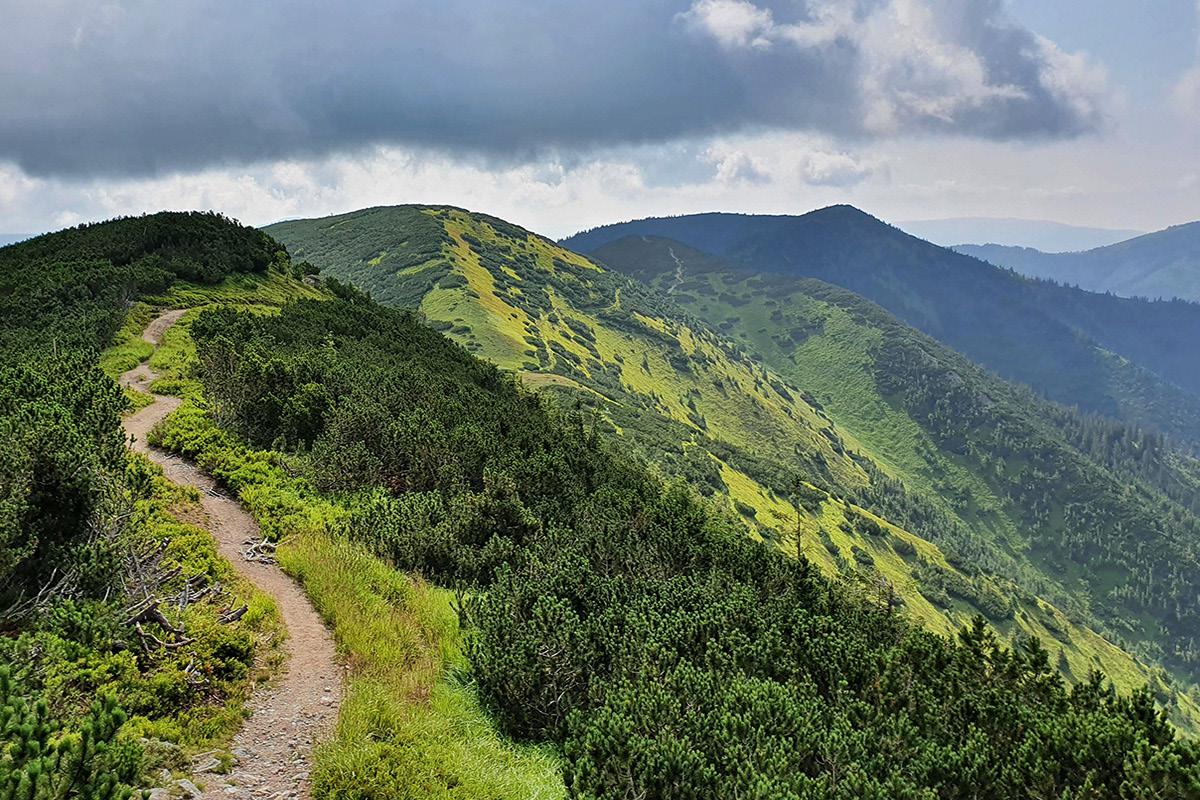
PIC#1
Low Tatra National Park, author: Martin Brozman
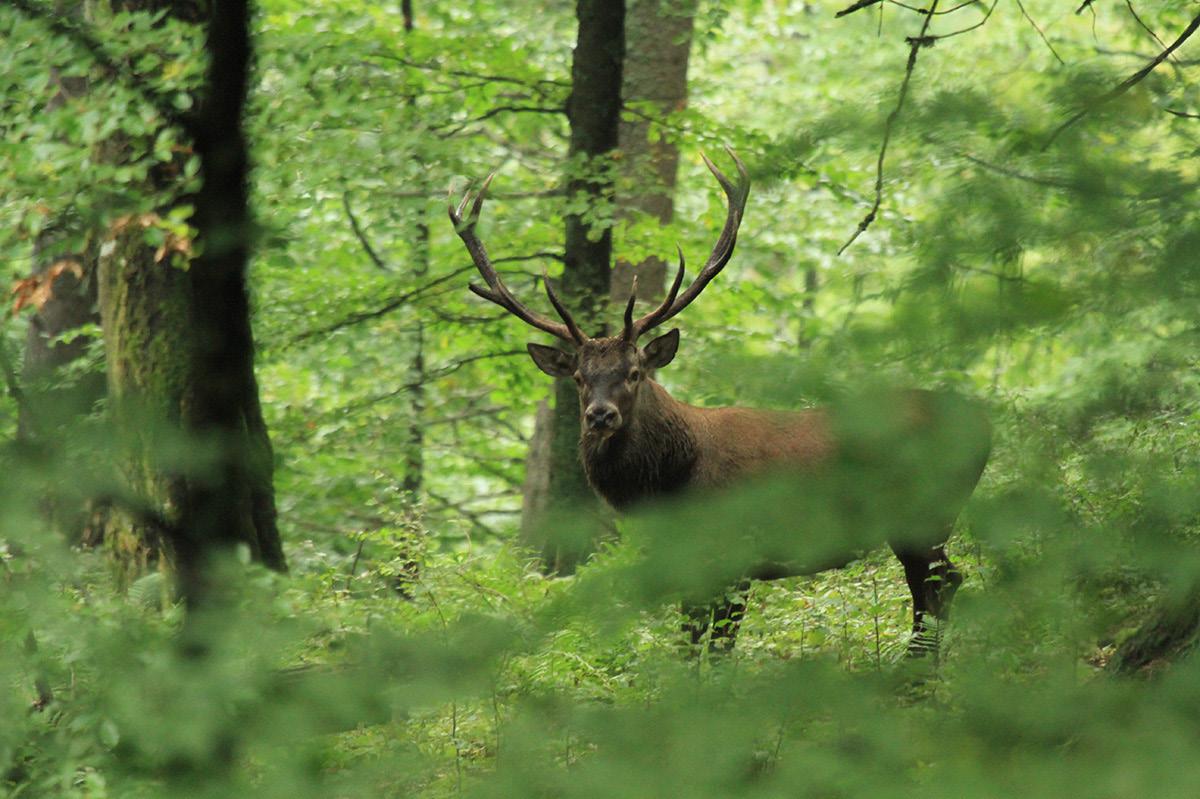
PIC#2
Wild deer in nature, Author: Peter Ridzoň
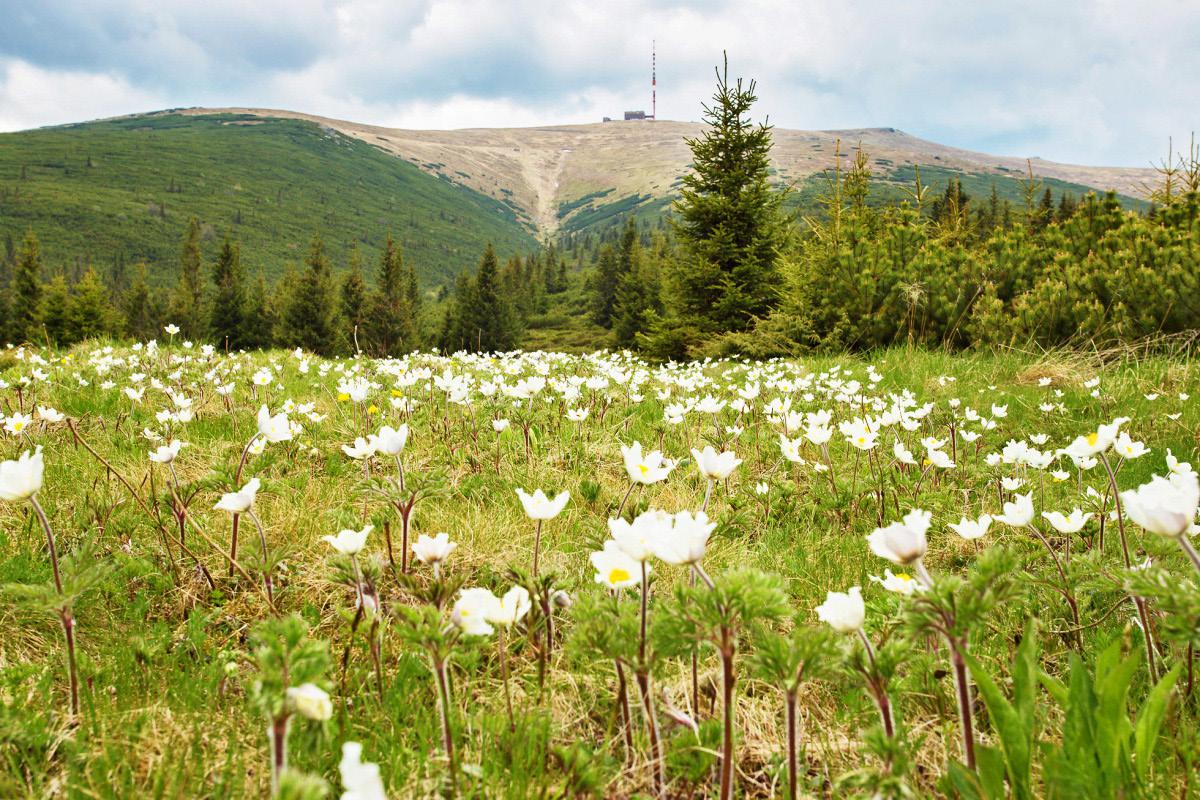
PIC#3
Marking of hiking trails, Author: Veronika Aschenbrierová

PIC#4
King Houle, Autor: Horehronie Region - Regional Tourism Organisation
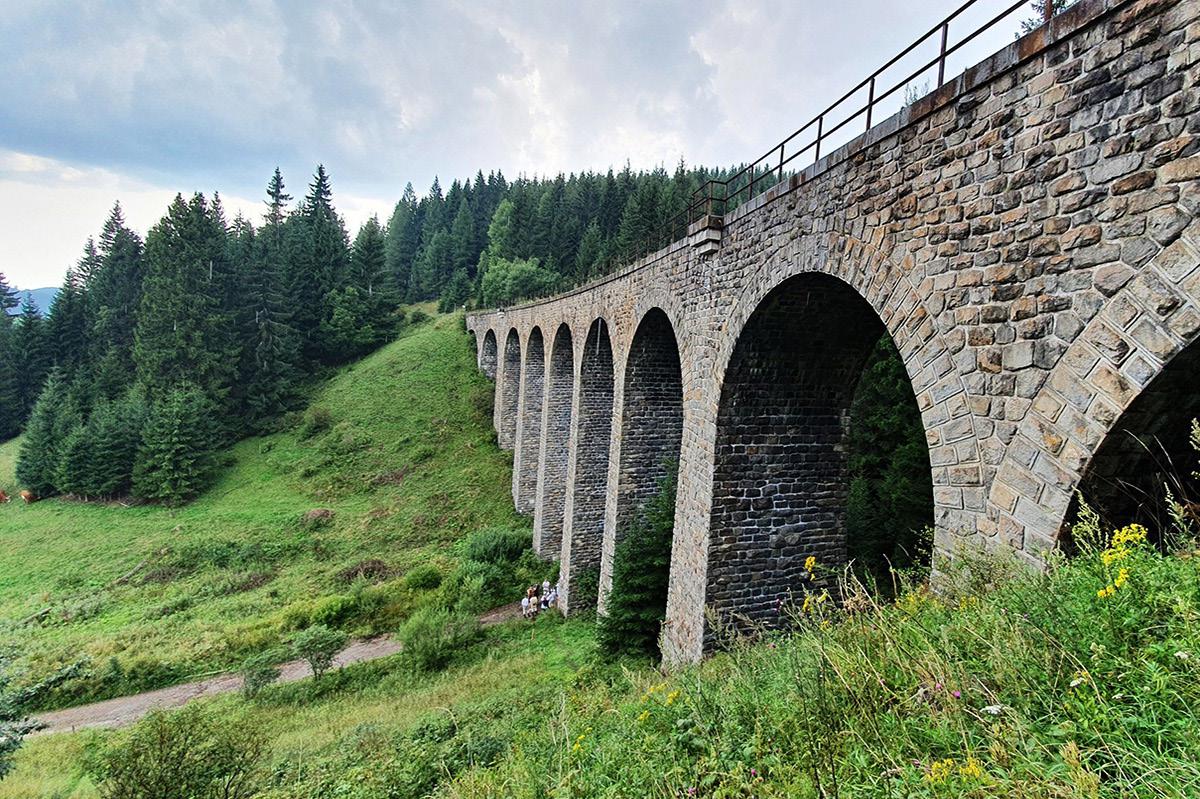
PIC#5
Chmarošský viaduct, author: Martin Brozman
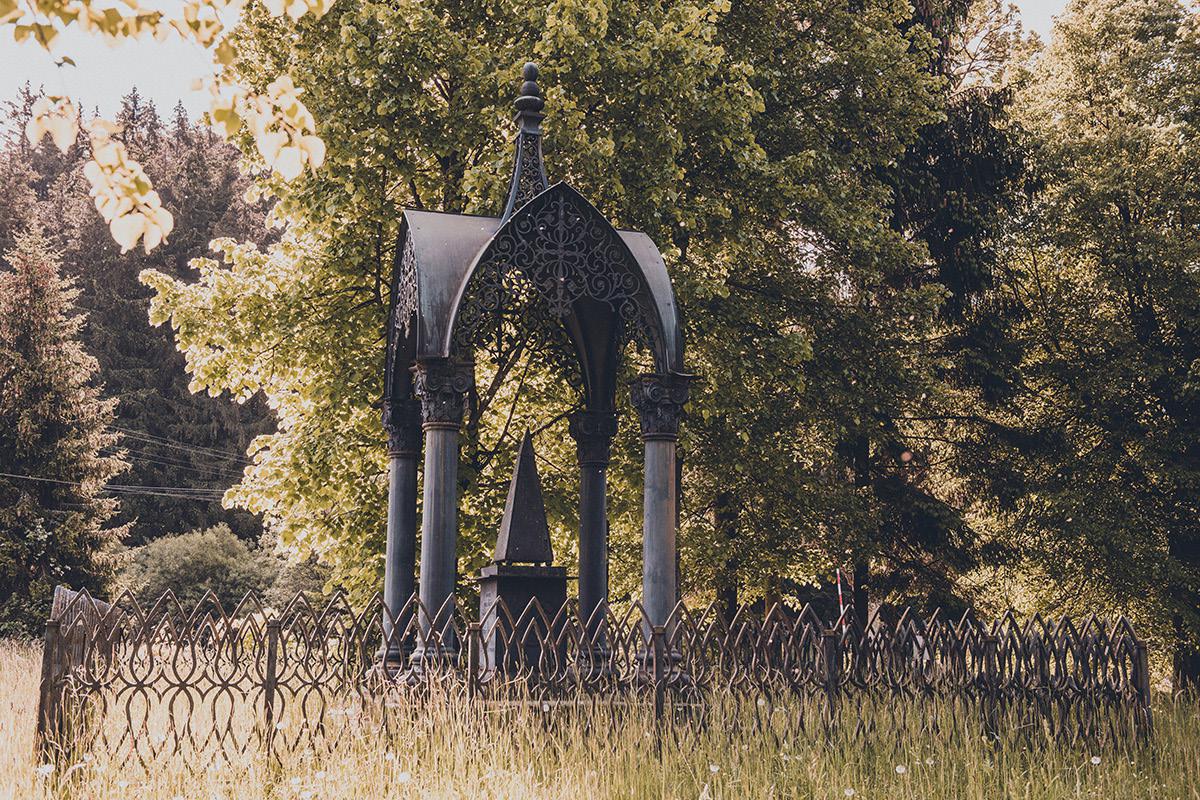
PIC#6
Cast Iron Monument by OZ Coburgovec in Slovakia
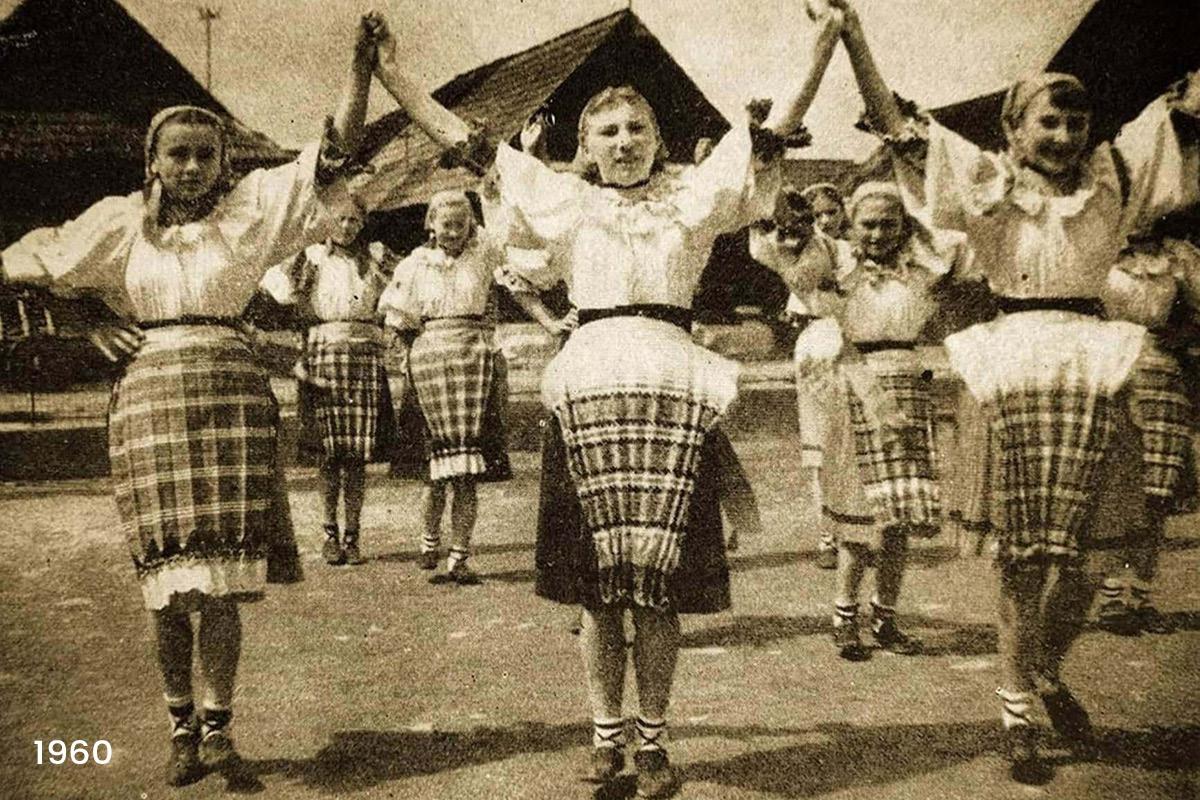
PIC#7
by Centrum pre ľudovú kultúru
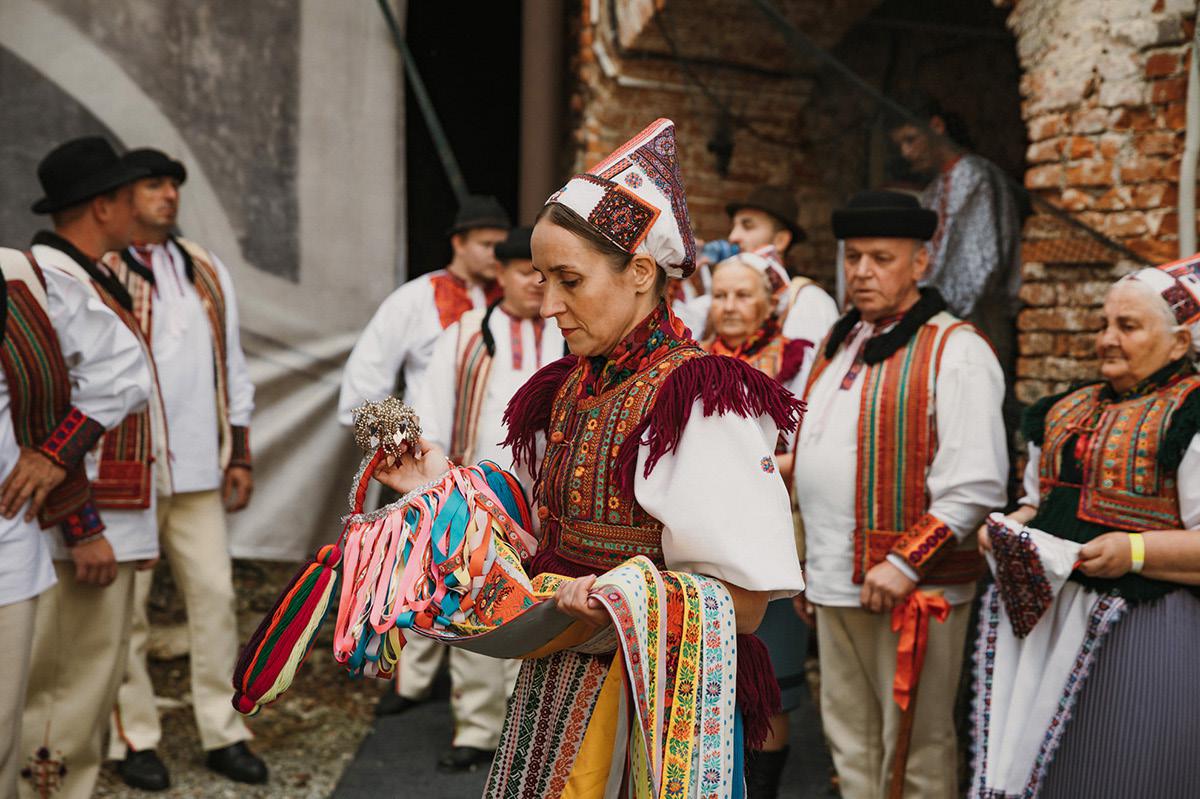
PIC#8
Traditional folk clothing, Author: Samuel Maruškin
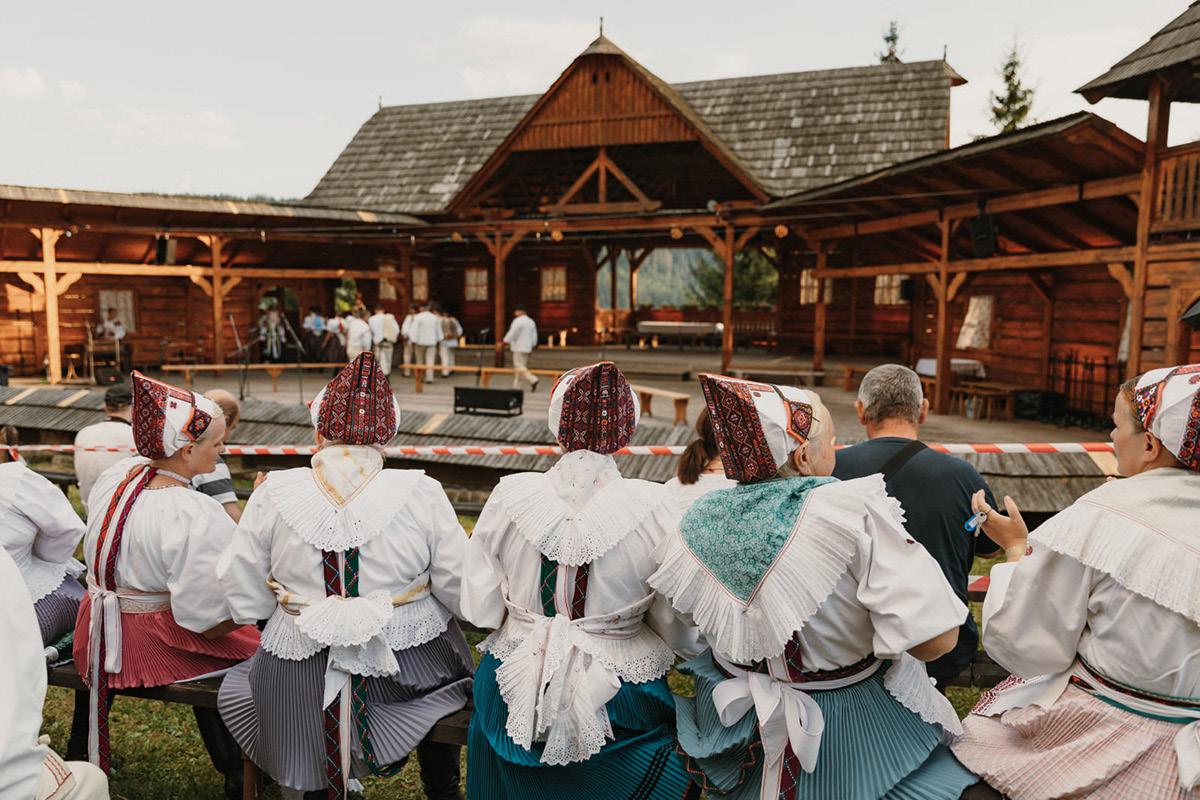
PIC#9
Folklore festival in Heľpa, Author: Samuel Maruškin
Tagged Slovakia
